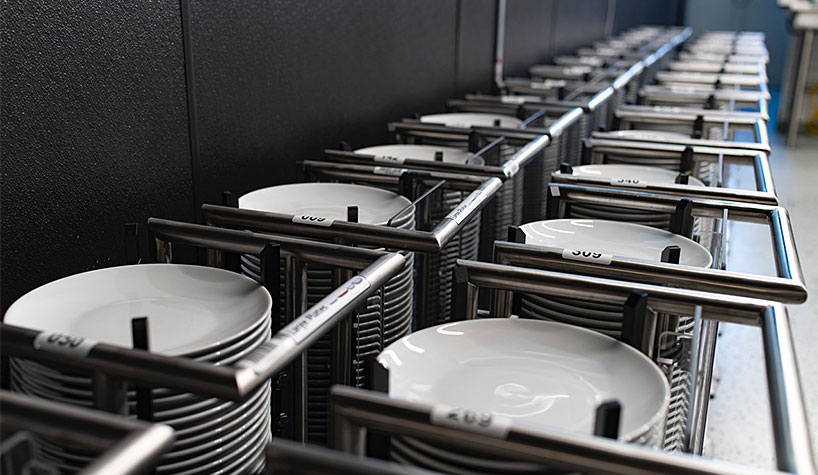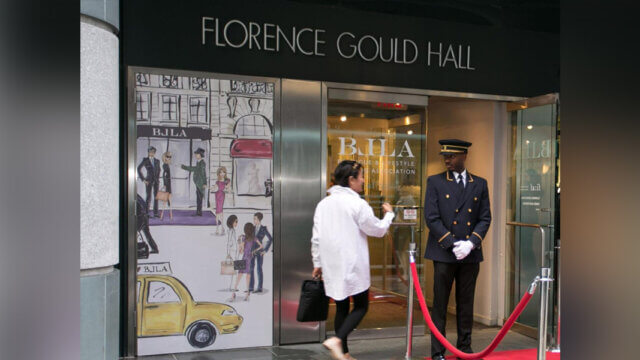SAN FRANCISCO—Increased operational efficiency, cost savings and the promotion of a more balanced, sustainable human ecosystem on property may begin in an unexpected place: the hotel dishroom, according to “Hospitality F&B Reimagined: A New Look at the Hotel Kitchen,” sponsored by Dishcraft Robotics, a leader in F&B operations for hotels.
The white paper outlines new standards for sanitization from the Center for Disease Control and Prevention (CDC), detailing how automated dishwashing techniques begin to address the foodservice industry’s largest cleanliness challenges, including those made more acute by the onset of the COVID pandemic. It includes perspective from industry heavyweights such as Thayer Ventures managing director Lee Pillsbury and Stowe Shoemaker, dean of the Harrah College of Hospitality at the University of Nevada, Las Vegas.
“Over time, nearly every department of a hotel has been transformed by technology to create better guest experiences and increase operational efficiency—except the hotel kitchen,” said Linda Pouliot, founder/CEO, Dishcraft. “The industry can begin to change that by revolutionizing the way dishes are cleaned and prepared for guests. Utilizing science and artificial intelligence, Dishcraft robots produce cleaner wares and help operators provide safer and more productive working environments for kitchen employees.”
Dishcraft’s robots power a delivery service similar to the way in which hotels have traditionally handled cleaning linens, which they call Dishware-as-a-Service (DaaS). Dishcraft picks up dirty dishes from a hotel, handles dishwashing using its innovative technology, then returns clean dishes to the property’s doorstep.
Pillsbury added, “I got my start in hospitality as a dishwasher. Today, I believe that using capital to reduce or replace labor costs makes enormous sense for many reasons. It enables hotels to redirect precious labor resources to higher impact functions that create more value for the guest. It raises the value of labor and makes jobs more meaningful and it improves working conditions and safety by eliminating dangerous tasks.”

